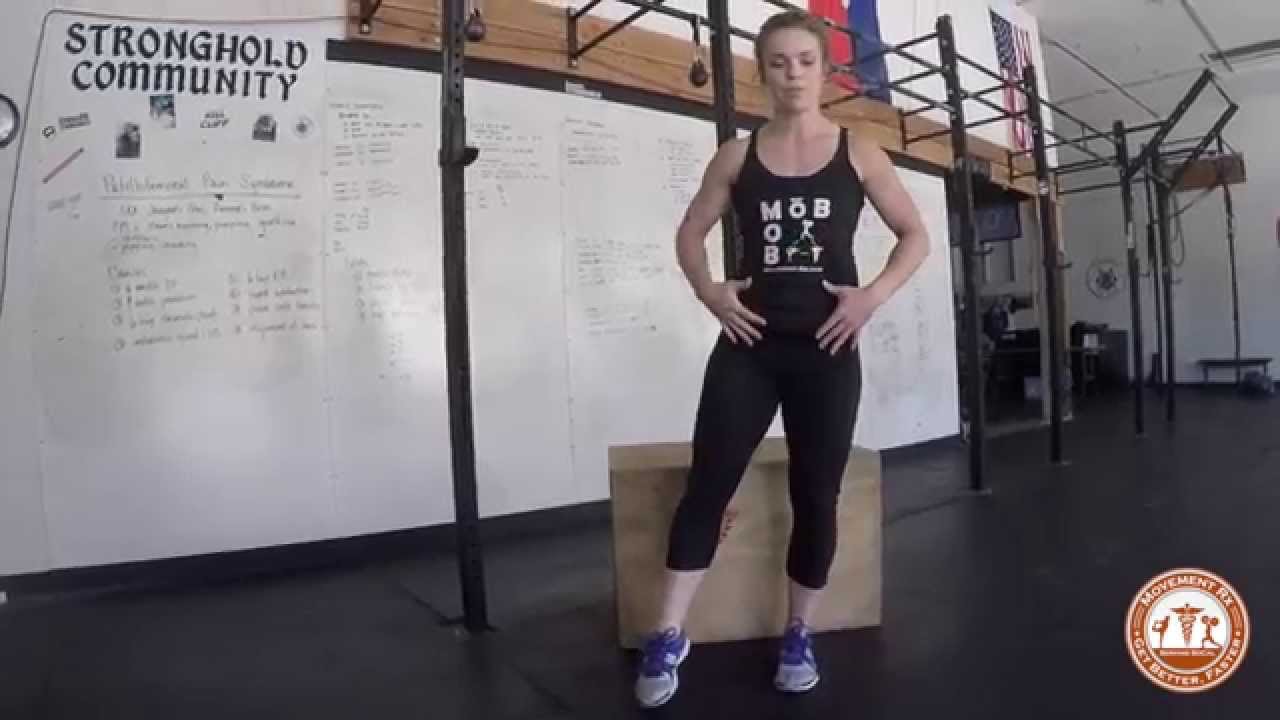Patellofemoral Pain Syndrome (Knee Pain)
Unfortunately many people experience knee pain at some point in their life. Whether someone is a weekend warrior, runner, crossfitter, or weightlifter, the knees tend to take a beating especially when repeated poor movement is occurring. The knee is the largest joint in the body and one of the most complex. Being the middleman to the hip and ankle can leave the knee susceptible to a world of problems. If someone has been diagnosed with patellofemoral pain syndrome then it does not explain what the problem is but can typically be traced back to poor movement patterns.

What is patellofemoral pain syndrome?
Patellofemoral pain syndrome (PFS) is a general term for pain in the front of the knee and/or around the patella. It is the most prevalent lower extremity condition seen in orthopedic practice and has been said to be the most common overuse injury in physically active persons.

Symptoms
-pain with squatting, travelling up/down stairs, jumping, running
-stiffness after sitting for periods
-popping or cracking with bending and extending the knee
Causes
-decreased ankle dorsiflexion (flexing the foot up)
-poor ankle stability
-decreased hip abduction strength
-imbalance in anterior/posterior chains
-decreased hip external rotation
-tightness in adductors
-poor core stability
-overall malalignment of patella which can be a result of any of the above deficits


How to check for the cause
- Ankle range of motion: refer to Dr. Theresa’s Shin Splints video from last week.
–https://movement-rx.com/shin-splints/ - Single leg squat: squatting on one leg to chair or box at parallel
-what does the knee position look like? - Squat jump: looking at knee position
-does the knee collapse in on one or both sides? - Hip rotation: seated moving lower leg while keeping thigh in contact with box/chair
-normal is 40 degrees of external rotation (leg going in) and 30 degrees of internal rotation (leg going out)
Great info. Now What?
If you tested yourself and cannot keep proper form or range of motion, there are a number of stability and mobility exercises you can do. Check out our searchable blogs here or our YouTube channel here, or take a look at www.mobilitywod.com. If you still have questions or issues, see a healthcare movement specialist. Contact us at 877-854-1343 for guidance on who to see.
References
Management of Patellofemoral Pain Targeting Hip, Pelvis, Trunk Muscle Function: 2 Case Reports. http://www.jospt.org/doi/pdf/10.2519/jospt.2003.33.11.647
The Influence of Abnormal Hip Mechanics on Knee Injury: A Biomechanical Perspective. http://movementpi.com/wp-content/themes/movement_pi/publications/Hip_mechanics_and_knee_pain.pdf
